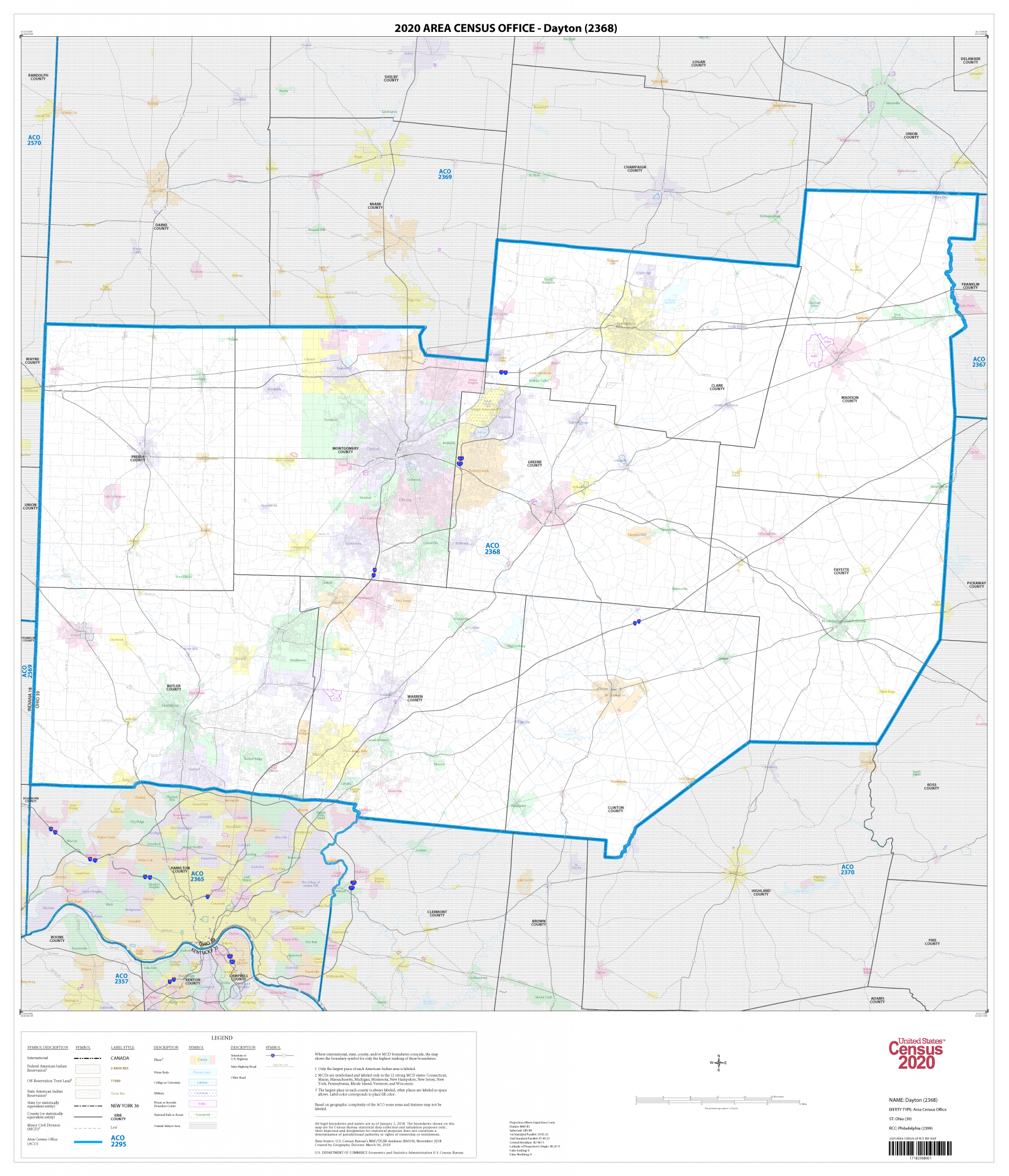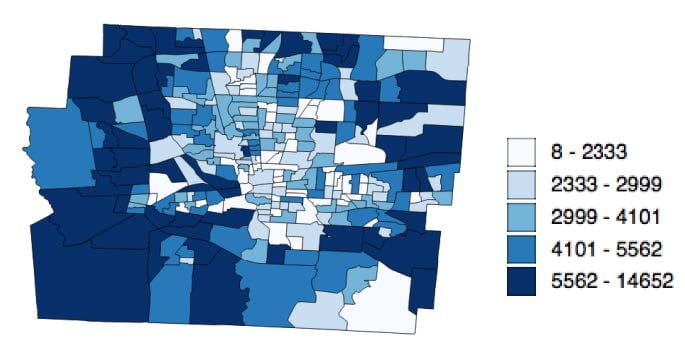In recent decades, city governments have looked to neoliberal redevelopment policies to stimulate urban redevelopment and growth. Public private partnerships, tax increment financing zones and tax abatements are regular policy tools implemented to spur redevelopment in areas that have experienced substantial disinvestment. Redevelopment policies are critical in efforts to spur investment and population growth in neighborhoods that have lost population. But, little consensus exists to determine when is the appropriate time to end these incentive programs in neighborhoods. Should these tools still be used in areas where housing markets have rebounded and where signs of gentrification are evident? While these tools are widely used and very popular among policymakers, a substantial body of research has found these neoliberal development strategies to reallocate public resources to the affluent while undermining traditional public institutions, such as schools, who rely heavily on property taxes for their financial needs.
Given that these redevelopment policies are most often targeted to urban neighborhoods that are served by schools with older infrastructure and greater student needs, neoliberal redevelopment policies can exacerbate the geography of educational inequity in metropolitan areas. Analysis by Good Jobs First has found that even accounting for poor data tracking, at least $1.8 billion in revenues were lost to public schools as a result of this policy in 2018 alone. The revenue lost could have funded an additional 27,000 teachers in these school systems. The influence of tax incentives on urban education in particular has spurred the topic of redevelopment policy to emerge within teacher union contract negotiations. Our recent research project sought to better understand the influence of residential tax incentives on the public education system in Columbus.
We focused our analysis on the city’s residential tax abatement program. While larger corporate tax abatements are often discussed in the media, very little attention is paid to residential tax abatements. The residential tax abatements provide 100% tax abatements for up to 15 years on residential properties built or substantially rehabbed in core urban neighborhoods. These incentives can be very important in fostering redevelopment for neighborhoods who are experiencing challenging market conditions. But some critics have questioned why abatements are still in place in neighborhoods that have experienced substantial redevelopment?
Our analysis sought to understand the characteristics of residential properties that were listed for sale or had been sold with a tax abatement in the prior 3 years. We researched MLS listings for the past three years building a database of residential properties sold or currently listed for sale with a residential tax abatement in the zip codes targeted for tax abatements.

Our preliminary findings suggest that a very large proportion of the residential tax base is lost to through the abatement program. Properties with residential tax abatements are selling at costs much higher than nearby real estate values and are primarily only affordable to high wealth households. In short, the abatement program is subsidizing luxury housing at the expense of resources for public education in the city.
We identified 365 residential units with a tax abatement sold in the past three years (or currently listed for sale). These 365 residential units represented more than $132 million in taxable value, given the current structure of the residential tax abatement program, these properties would account for a loss of more than $130 million in tax base each year for the next 15 years. Hypothetically, even if property values did not increase, the cumulative cost of these 365 tax abated units over the course of 15 years would represent nearly $2 billion in property values that would go untaxed.
Tax abated properties are selling for much higher sales prices than local real estate values and are most likely only affordable to high wealth households. The average sales price for a 2-bedroom residential unit with a tax abatement was $434,000. A household would need at least $130,000 in annual income to afford the average tax abated 2-bedroom unit in the core of the city.

Figure 2: Summary of residential tax abated properties identified in our database of abated residential sales and listings.
In contrast, the median annual household income for families with children in these abatement areas is approximately $29,000. Residential abatements provide substantial cost savings to buyers and conversely loss of tax base for the school district. The highest price tax abated property was a 2-bedroom luxury condominium in the arena district which sold for $1.6 million.

Figure 3: Listing description and taxes paid for the most expensive residential tax abated property in our database (a 2-bedroom luxury condominium).
The real estate taxes paid for this property was $3,100 in 2019, without the abatement the real estate taxes paid should have been more than $33,000. Thus, to subsidize this luxury condominium, the public tax base is denied more than $30,000 in taxes annually, for up to 15 years.
While it is still challenging to fully understand the effects of residential abatements on the fiscal health of the Columbus City Schools, early analysis finds some alarming trends in the long-term sustainability of the district’s tax base.

Figure 4: Columbus City Schools district taxable value per pupil (and state ranking) 1989 to 2019.
Data from the Ohio Department of Taxation indicates that Columbus City schools tax base is declining in contrast to other districts in the State of Ohio. When ranked against districts across the state based on the taxable value of property per pupil, Columbus City Schools was ranked 107th (out of 610 districts) in 1989 and in 2019 has fallen to ranking 423rd.
More importantly, these policies also represent an alarming disconnect between urban redevelopment policy and the sustainability of the Columbus City School district. While the abatement programs have helped spur an influx of high wealth households into abatement areas, they degrade the public resources available to the nearly 30,000 children (of which more than half live in households with income under the poverty line) in abatement areas. A diminished tax base means fewer resources to upgrade older school buildings, support the needs of students who need special services and programming within schools and impacts the district’s resilience in responding to the increased needs produced by the COVID-19 pandemic.
Our preliminary results suggest that these neoliberal development tools bolster the real estate market but at the expense of resources for children in these neighborhoods. While real estate sales have soared in these redeveloping areas, students in Columbus City schools contend with an under resourced school district. We call for a reforming urban redevelopment policies to be less focused on recruiting high wealth households and re-centered on meeting the needs of children within these core urban neighborhoods.
Jason Reece, Assistant Professor,
City & Regional Planning, Knowlton School
Victoria Abou-Ghalioum, Graduate Fellow,
















